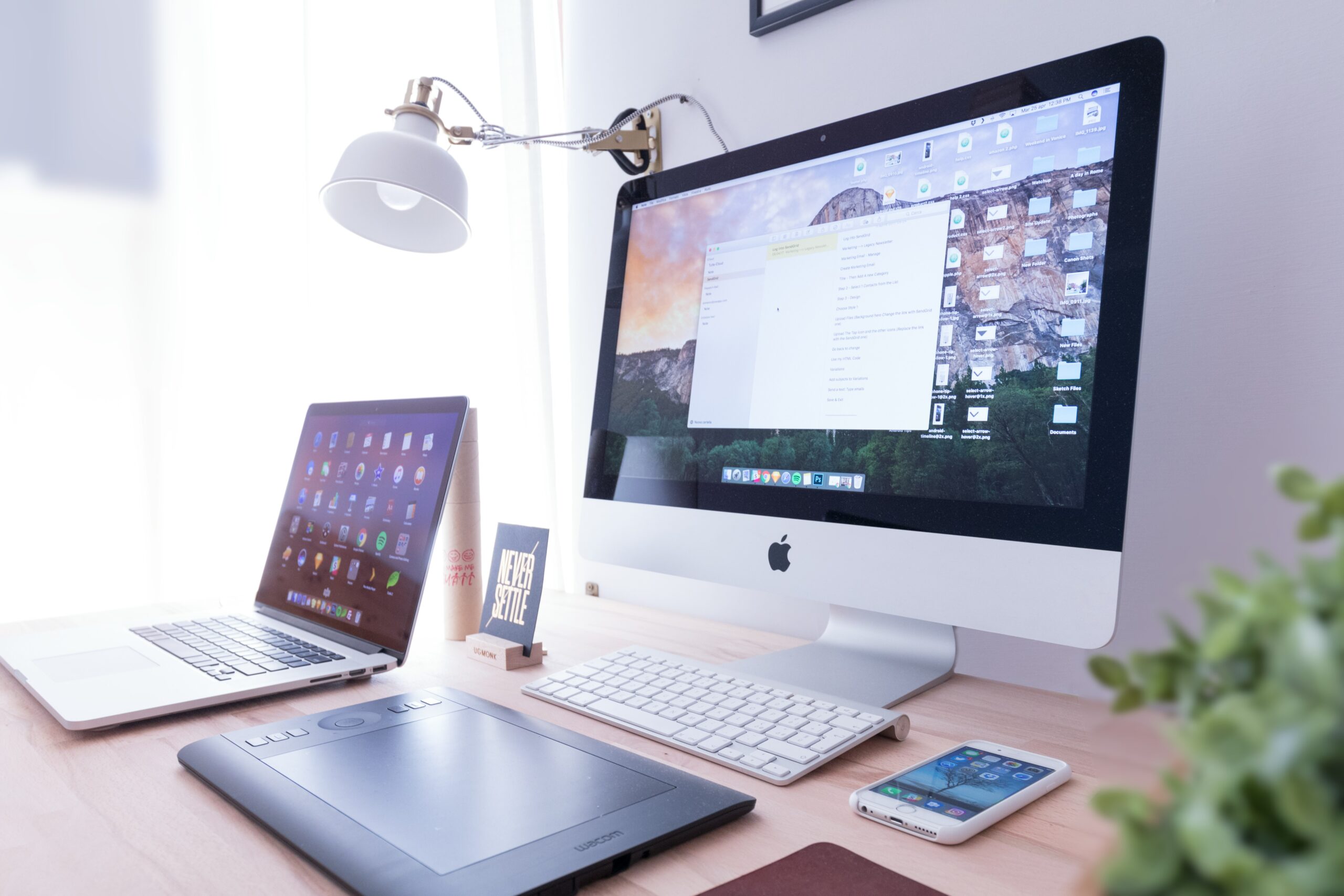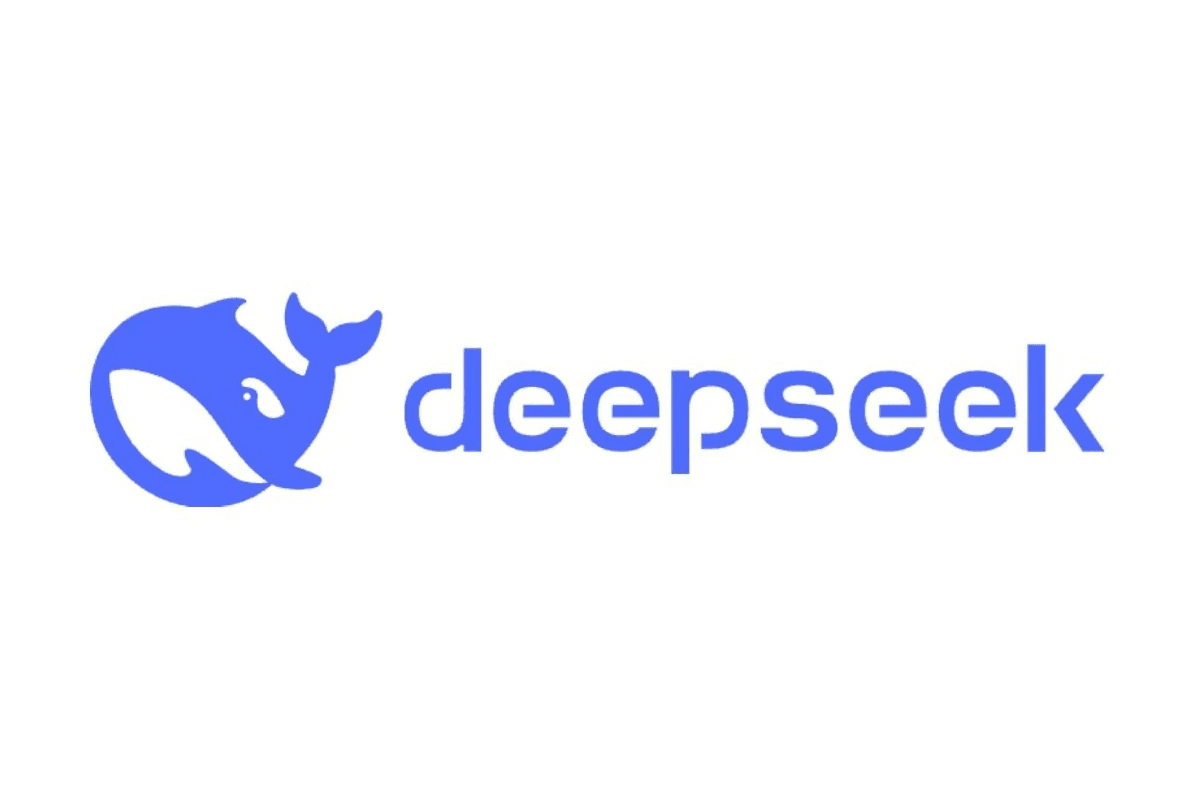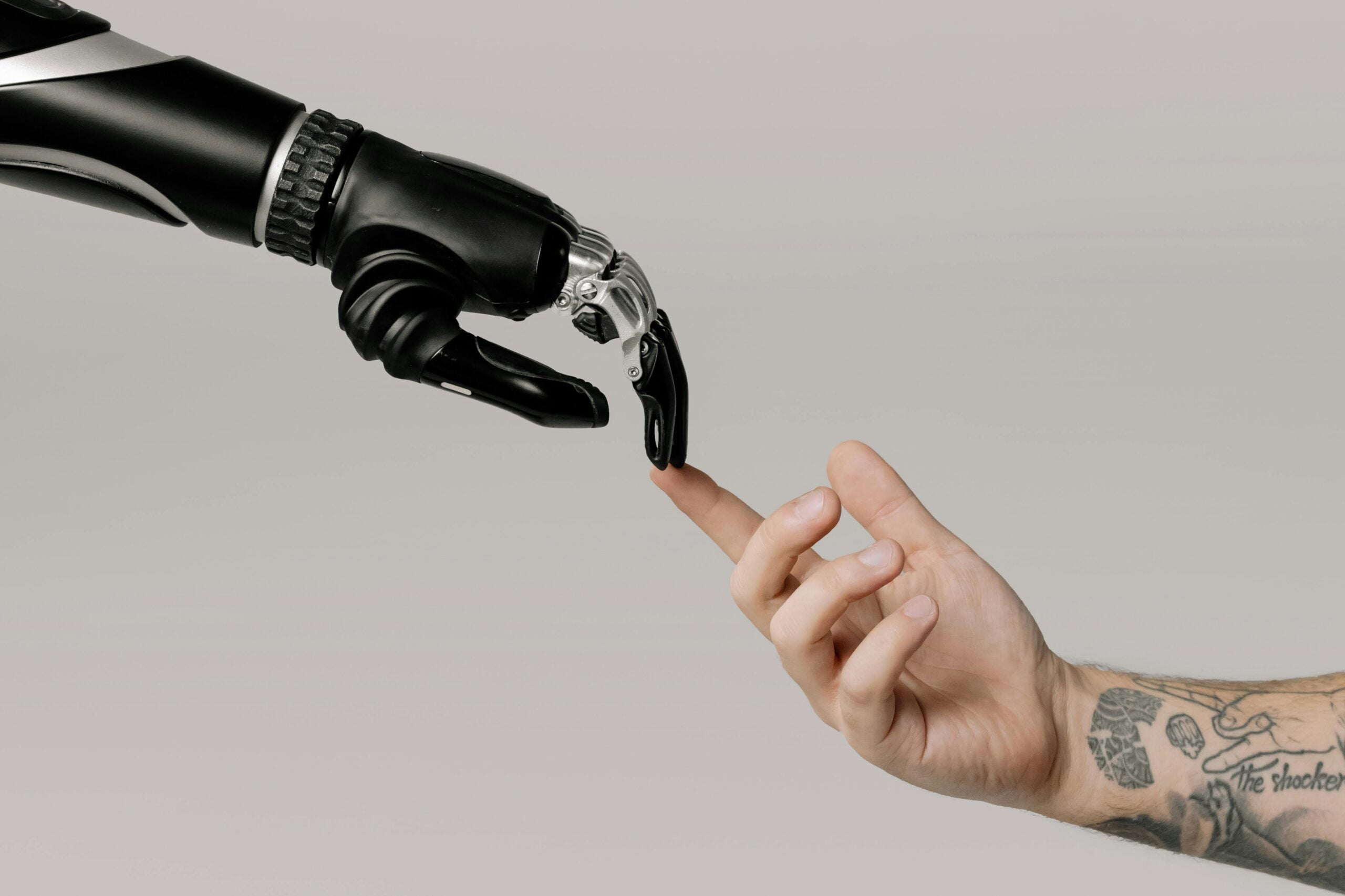Introduction to Microsoft Designer
Image by Microsoft
Microsoft Designer was a revolution in design software; it’s the most modern tool designed to meet all sorts of requirements that creative professionals hold today. Using artificial intelligence, Microsoft Designer offers a suite of features redesigning the design process to be more intuitive, productive, and accessible.
At the core of Microsoft Designer is AI-based editing and creation. Such sophisticated capabilities will let users automate repetitive tasks, apply intelligent enhancements, and create great designs with less manual effort. The Artificial Intelligence algorithms that power the tool are good at understanding design principles and feel, hence giving users suggestions and automated corrections that meet professional standards.
Microsoft Designer is also fully integrated with the greater Microsoft ecosystem, delivering a unified user experience across all platforms and tools. This enables users to import and export assets seamlessly between Microsoft Designer and other Microsoft products, such as PowerPoint, Word, and Teams, without any friction. Its cloud-based nature further enables easy access and sharing of designs, offering real-time collaboration among distributed teams.
The target users of Microsoft Designer are many—graphic designers looking to optimize their workflow, content developers wanting to create really beautiful documents, and marketing professionals who need some graphics that give a little oomph to their campaigns. In doing this, Microsoft Designer becomes another important addition to the modern creative toolkit.
In a nutshell, Microsoft Designer is much more than a design software; it’s an innovative solution that leverages artificial intelligence to change the way one looks at design. Such strong positioning within the Microsoft ecosystem, coupled with user-centric features, makes it an exciting partner in designing for any individual looking to raise their design capabilities.
AI-Powered Editing: Enhancing Creativity and Efficiency
Microsoft Designer allows one to leverage advanced AI editing features for dramatic improvements in creativity and productivity in designing. This tool is infused with sophisticated AI algorithms to help a user elevate his designs through various intelligent features. Smart crop is certainly one of the standout capabilities regarding this, wherein this feature automatically detects the most visually appealing parts of your image and crops it on its own. This way, a user can get the best composition without bothering about its manual adjustment.

Another critical component is the automatic color correction feature. Through AI, Microsoft Designer would assess an image and suggest color changes that can be done to make the image more appealing. This step adds beautification to the view of the design while ensuring color consistency between different components of a project. Layout optimization is also available within the product, using AI to offer the most efficient layout for design elements. It has taken into consideration balance, alignment, spacing—everything that will help designers tend toward perfect layouts with less effort.
It becomes easy to save loads of time and increase productivity with such AI-powered tools for both the beginner and professional designer. Automation of tasks such as cropping and color correction frees the designer to pay attention to the creative aspects of the work. Even better is the fact that AI can give design suggestions, opening more doors for inspiration and letting designers go through ideas that were never thought of.

In other words, Microsoft Designer simplifies design with AI-powered editing. The tool automates mundane tasks and provides intelligent recommendations to the user so that high-quality designs can be delivered efficiently. Whether you are a fresher in designing or an experienced professional, its intelligent features surely will turn out to be a savior in your creative toolkit and take productivity and creativity to a whole new level.
AI-driven creation: How it is changing the design process
Microsoft Designer harnesses the power of AI to actually revolutionize content creation. With sophisticated AI algorithms, it could come up with totally original content—things like graphics, logos, and templates—right from a set of user inputs and preferences. This AI-driven approach brings about efficiency and quality in design production to another dimension by allowing its users to produce top-quality designs at a faster rate and more suited to their needs.
Workability of Microsoft Designer through AI is one of the prime benefits to produce customized data-driven design solutions. Based on user preferences and other input data, the software analyzes to come up with customized design solutions bound to impress the target audience. Right from a new startup logo to marketing graphics for a campaign, the AI-driven creation ensures that the designs are not only beautiful but strategically approved to accomplish the aims of the user.
For example, a small business owner, Sarah, took Microsoft Designer through its paces to design a series of promotional materials for her boutique. She just typed in the brand color scheme, logo, and demographic info for the target audience; voilà—the AI quickly assembled a set of coherent templates and graphics that reflected her brand. She said the AI-driven design process cut out huge blocks of time and money for her, therefore freeing her up to do other really important things related to running her business.
Moreover, AI-driven creation has also been highly praised for democratizing design with Microsoft Designer. Hitherto, quality design required either professional expertise or a huge investment in design tools. Now, with Microsoft Designer, it becomes possible to create really professional-grade graphics and templates by users who are not formally trained as designers. This will be quite useful for small businesses, startups, and individual creators who need strong visual identity maintenance without incurring high costs.
In another case, a marketing agency took advantage of Microsoft Designer’s AI to automate the content creation process. The AI-powered tool prepared a variety of designs based on briefing by the agency. This helped the agency present their clients with numerous high-quality concepts in just a fraction it takes using the traditional approach. There was improved satisfaction from clients with remarkable improvements in project turnarounds.
To sum up, AI-driven creation in Microsoft Designer is going to change how designs are done. The ability to create customized designs at a click of a button with the power of artificial intelligence makes advanced design capabilities available to all. However, it’s the hands-on applications and successes that note this technology has the potential to shape the future of design processes.
Future Implications and Industry Impact
The role of AI in design software is put into action with Microsoft Designer, foreshadowing what could be a big shift across the creative industry. These increasingly sophisticated AI-powered tools will continue to turn around the face of design by opening up access to high-quality resources. In effect, it democratizes the ability for any person and small business to create professional-grade design sans the need for extensive training or high-priced software, thus leveling the playing field.
Probably one of the deepest impacts AI can have on design is in the area of creativity. AI can parse large amounts of data for new ideas and automate the bulk of the repetitive tasks designers do, leaving them to focus on the more complex and creative aspects of a project. This would help increase productivity and give way to new forms of creativity that might not have been possible before.

However, with great increases of AI in design come their own challenges and ethical considerations. The most important of these is the potential job displacement, as the AI tools could reduce the necessity for certain roles normally held by human designers. Dramatic shifts could occur in the job market, by which professionals will have to adapt through acquiring new skills if they wish to stay relevant. Moreover, the dependence on the AI systems requires an effective review to make sure that the human touch and ethics in creativity are still there.
The equilibrium between AI support and human creativity cannot be stressed enough. No doubt that AI can stand in for much, but the human perspective and its emotional intelligence are without substitute. How this technological evolution is to be navigated will depend significantly on the degree by which AI tools are being used to augment rather than replace human creativity.
Looking ahead, the trajectory that AI has been on in design validates a future of symbiosis between technology and creativity. This translates into continuous learning and attention to professionals and enthusiasts alike, as new tools are rolled out to equip creatives with these capabilities. In so doing, once it keeps developing, AI will be sure to play a major role in shaping the future of design with new opportunities and challenges unlike ever before.










